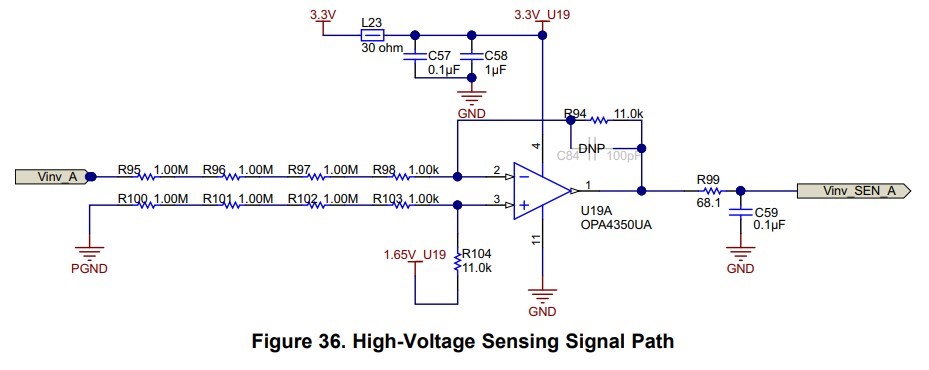Other Parts Discussed in Thread: OPA4188, TIDA-01606
Hi,
I am now use TL084 for ac mains voltage sensing. The voltage sensing circuit is as below.
My question is :
1. If I increase the resistance of R1, and keep the same filter frequency and gain, the accuracy will increase?
2. If I use OPA4188 replace TL084, the accuracy will increase?
3. Any suggestions for the design?



